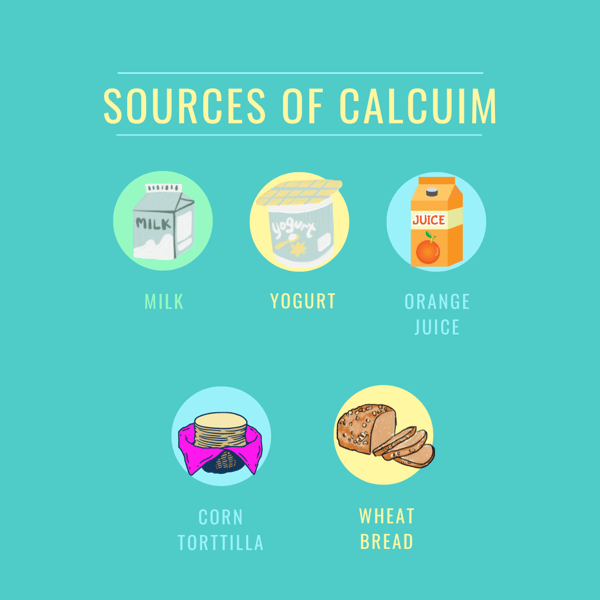Anything New with COVID?
COVID seems to have taken a back seat to some other medical news in the media– such as Monkeypox. Still, doctors and researchers are finding new strains and contemplating what this fall and winter will bring. There are three vaccines available for the adolescent age group including Moderna, Pfizer, and Novavax. Two are from a newer platform to deliver the vaccine– mRNA, while Novavax is an older platform that has been used with other vaccines in the past. All are safe and have similar benefits and rare risks. My advice, even with the pandemic coming to an end, would be to still vaccinate for COVID as we don’t know what the future has in store. Your immune system having some protection is better than having none at all.
I would also have your adolescent get the FLU (influenza) vaccine in October. Last winter we saw almost no flu but with a return to more normal travel and no masking– I predict influenza will be more of a nuisance this winter.
.png?width=600&name=Keeping%20Athletes%20Healthy%20During%20Back%20to%20School%20Season%20(1).png)
What are Growing Pains?
It seems like “forever” parents and grandparents have talked about “growing pains”. But how do you know when to blame it on that and not something else? And what are growing pains anyway? A research group in Australia went looking for the answers– after reviewing 145 medical studies here’s what they found: 48% of the studies described growing pains as happening in the evening or nighttime, 42% said it was recurring, 35% reported it as occurring in youths with an otherwise normal physical exam, and 31% said the pain occurred on both sides of the body. Here’s what they didn’t find out: what growing pains is caused by and how to prove your child has it (or not). So, like when I was in medical school many years ago, growing pains remains a mystery as well as a diagnosis to consider only after other diagnosis have been disproven. Happy growing!
Vitamin D - Is it Needed?
.png?width=600&name=Keeping%20Athletes%20Healthy%20During%20Back%20to%20School%20Season%202%20(1).png)
Leave it to doctors to disagree with themselves! I have recommended Vitamin D (Vit D) supplementation, especially during the winter (low sun times). The American diet doesn’t have a lot of foods that offer Vit D. During summer the sun offers Vit D but we don’t get as much sun in the fall or winter. There is research with Vit D on bone health, seasonal affective disorder, heart health, inflammatory conditions and even decreasing COVID symptoms. The FDA recommends 600-800 IU of Vit D per day. Supplementation up to 5000 IU per day has been recommended in some studies.
Well– recently published in the New England Journal of Medicine new research suggests higher dose Vit D (unless the patient has a Vit D deficiency) isn’t protecting from fractures after all.
Before you stop taking your Vit D though– here are some things to consider. Most of the 26,000 studied had normal Vit D levels and the median age studied was over 60 years old.
Another recently published study from Britain showed those deficient in Vit D had more inflammatory markers and prior studies have showed more falls and fractures in older people deficient in Vit D.
And if too much Vit D supplementation there is a risk of increased calcium stores which could result in kidney stones and perhaps certain cardiac problems.
So, the bottom line might be that having a normal Vit D levels is best with too little or too much having risks– and using more than needed may not have the benefits we once believed.
It’s worth talking to your health care provider on what their thoughts are concerning Vit D supplementation. And, we will keep an eye on the research as we learn more.
What About Calcium?
We discussed vitamin D– how about Calcium? The FDA recommends 1300mg of Calcium per day for adolescents. The suggested maximum amount is 3000mg per day, but more isn’t necessarily better. It’s far easier to get Calcium in the American diet than it is Vitamin D. One cup of milk has about 300mg per serving, 1 cup of calcium fortified orange juice has 350mg Calcium, and 8 ounces of yogurt has 400mg of calcium. A corn tortilla has about 45mg of Calcium and a piece of whole wheat bread has 30mg Calcium. So you can see, a normal diet can easily add up to 1300mg of Calcium per day without added supplements. Calcium requires Vitamin D for absorption– read more about Vitamin D above.

Like Vitamin D, having too little or too much has its potential risks. Too little Calcium can decrease bone strength, and may contribute to increased risk of certain cardiac diseases as well as certain cancers. Too much calcium has its risks too. Kidney stones, certain cardiac issues, poor muscle tone and the risk of several gastrointestinal issues like constipation and nausea to name a few.
So, calcium intake, like Vitamin D, is important– but at the right amount. Too little… or too much can cause more trouble than what you may have hoped as a benefit.
Like most things in life– moderation is the key to success!
Be safe and be well...
www.wellbodyKC.com
 Learn More:
Learn More:



